Media | Articles
Malta Classic Car Museum: Big Fun in a Tiny Country
Malta is one of the smallest countries in Europe. The main island stretches about 17 miles long and nine miles wide. I didn’t expect to see particularly noteworthy cars during a three-day trip in January, but the time I spent zig-zagging across the island proved me wrong.
Malta is a former British colony that still drives on the left side of the road, so the streets of Valetta (the capital, with a population of fewer than 6000 people) are dotted with right-hand-drive, Japanese-market hatchbacks you don’t normally see in Europe. The country’s only car museum turned out to be well worth a detour.
Located on the northeastern part of the main island, approximately half an hour from Valetta, the Malta Classic Car Museum was founded by an enthusiast named Carol Galea. He’s a racer at heart: he began building cars for local hill-climb races decades ago. His passion snowballed into a collection which later became a museum. There’s no overarching theme here—part of the museum feels like a life-sized version of those “100 Iconic Cars of the 20th Century” books with models such as a Jaguar E-Type, a Triumph Spitfire, and a Ford Thunderbird. Dotting the facility are thousands of pieces of car memorabilia including sales brochures, emblems, and scale models, plus roughly half a dozen vintage motorcycles.
If you’re thinking “It takes more than a nice 1950s Corvette to impress me,” we’re on the same page. Luckily, Galea heeded his taste for the obscure, odd, and plain weird when building his dream collection.
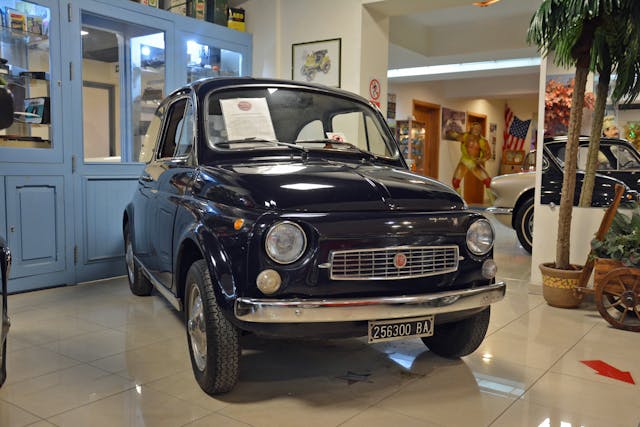
One of the highlights is a 1969 Fiat 500 customized by Italian coachbuilder Francis Lombardi. Sensing a demand for a more upmarket variant of the tiny city car, the company created a model called My Car equipped with several features not available on the regular-production 500. It was offered with a full metal roof, for example, and the panel was raised to increase rear-seat headroom. We’re not talking SUV-like noggin space, but every sixteenth of an inch helps in a car as cramped as the 500.
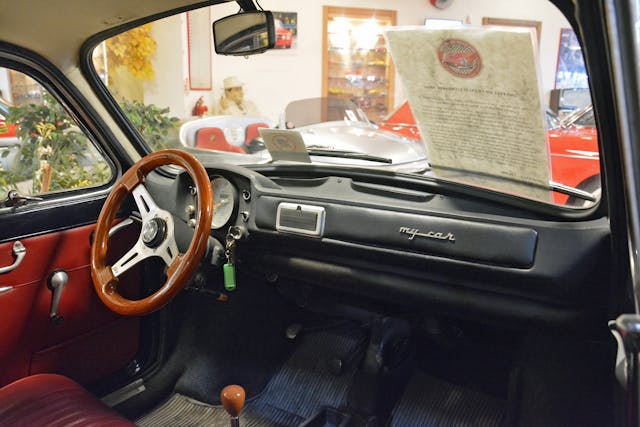
Francis Lombardi also added a grille-like piece of trim to the front end, strips of metal cladding on each rocker panel (I’m not sure whether these helped prevent or helped accelerate rust…), and trim rings on the factory 12-inch steel wheels. Inside, the driver faced a plastic dashboard while the rear passengers benefited from pop-out windows. Metallic paint colors were optionally available as well.
Put another way, Francis Lombardi helped pioneer the premium city car. Naturally, this is exactly how Fiat is trying to position the new version of the 500 in 2024. Not many of these versions were built, and even fewer have survived; their rarity was likely not considered all that special given the humble Cinquecento underpinnings.
Crawling deeper into the Italian coachbuilder rabbit hole, the museum also houses a Vignale-bodied 1962 Fiat 600D. The coupe looks nothing like the egg-shaped city car upon which it is based. The Vignale expression stands out with a sporty-looking design characterized by a relatively long front end, a low roof line, and fin-like additions to the back end. Inside, Vignale fitted a three-spoke steering wheel and more supportive front seats. Keep in mind that these cars were highly customizable, so they didn’t all look like this. And while the museum’s example is a coupe, Vignale also offered a 600-based convertible.
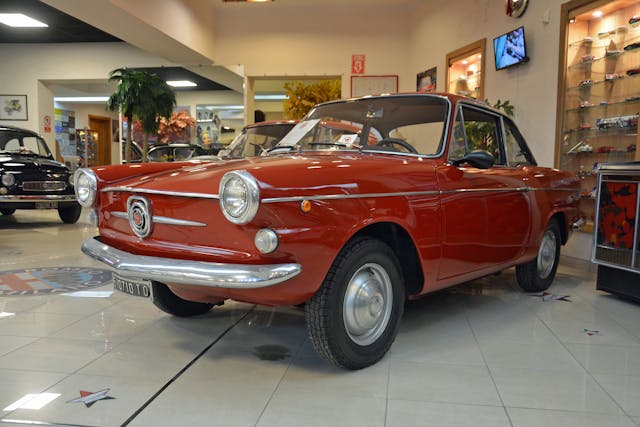
Production figures are lost to history, but I’d bet the cost of a low-mileage 1990s Toyota Supra that the total number of such cars ever made lies in the three digits. Seeing one in the museum was a rare treat. Oh, and here’s a friendly secret: These Vignale Fiat 600s are seriously cheap. Auction house RM Sotheby’s sold a restored 1963 example in Saint-Moritz, Switzerland, for 23,000 Swiss Francs, which is about $26,000. Go ahead, name another rare, coachbuilt classic you can get for the cost of a ratty 15-year-old Land Cruiser.
Decades of British rule left a mark on Malta’s automotive landscape, and the museum reflects this history. It’s not just the usual suspects, though. There are several Minis, sure, but one is an interesting early pickup. The only Morris Minor displayed is a pickup as well, and there’s a sweet Ford Taunus downstairs.
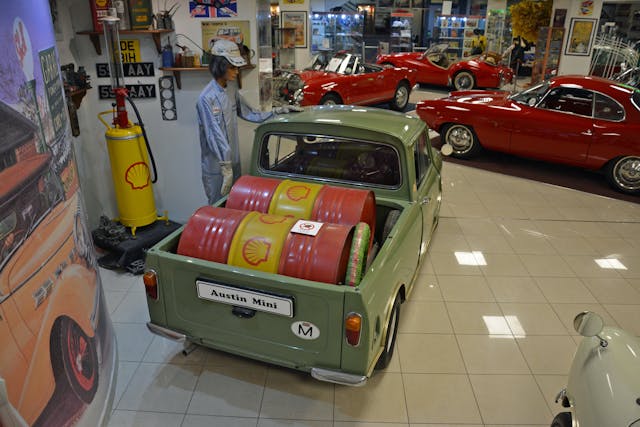
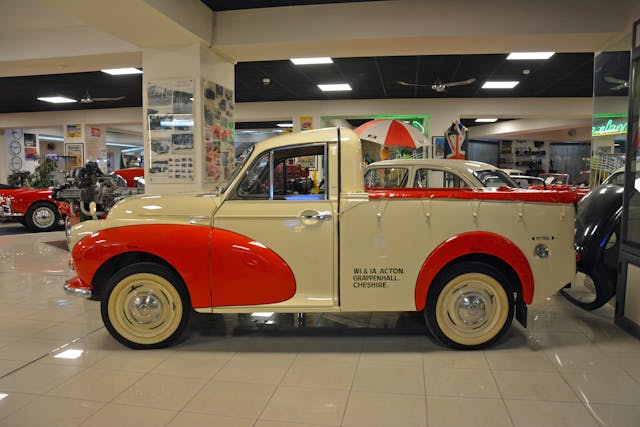
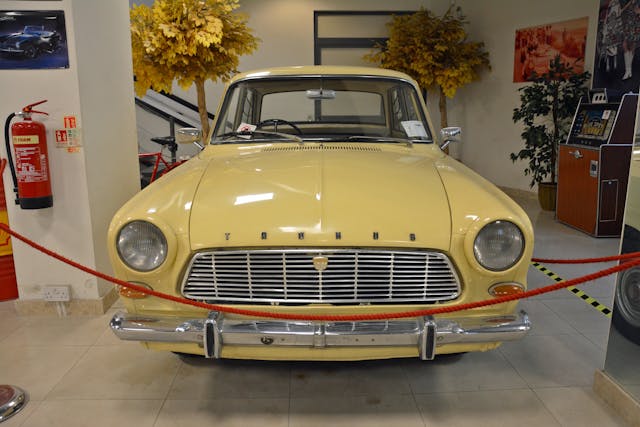
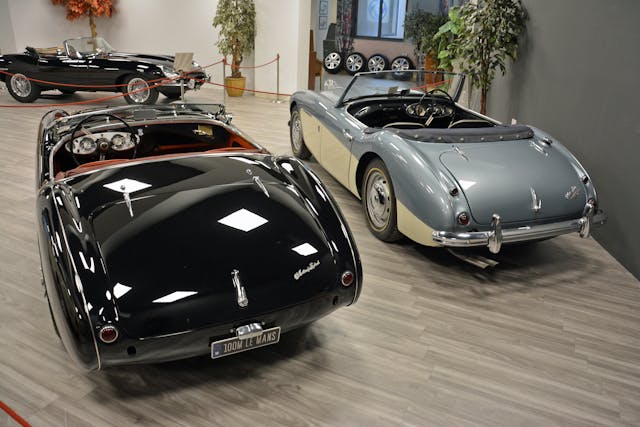
Downstairs is also where you’ll find a pair of Austin-Healey 100 roadsters, including one of the 640 factory-built “Le Mans” cars fitted with a specific sport-tuned suspension system, bigger carburetors, and a 110-horsepower engine, among several other performance modifications. It’s parked right next to a regular-production 100, so the major differences between the two models are immediately obvious.
It’s the attention to detail that helps make the Malta Classic Car Museum such a fascinating place to visit. This is far more than a warehouse with a bunch of cool cars in it: The environment is well-lit and well-decorated, and there’s even a library full of classic repair manuals from around the world—even a theater room that plays documentaries about classic cars. It’s the kind of place the non-enthusiasts with whom we car geeks sometimes travel can also enjoy.
Ultimately, that’s what museums are for: sharing a passion with visitors and getting them to see their surroundings in a new light.
***
Marketplace
Buy and sell classics with confidence

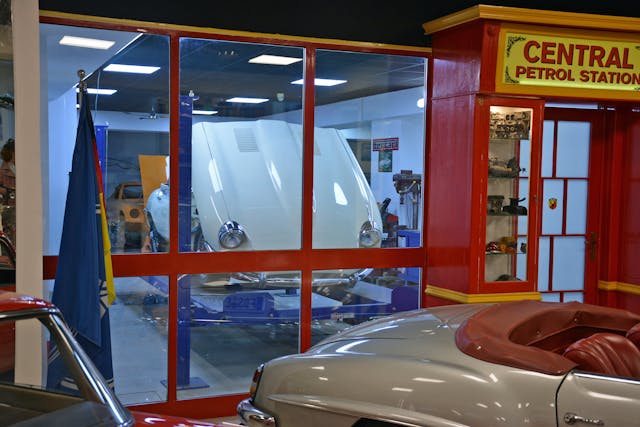
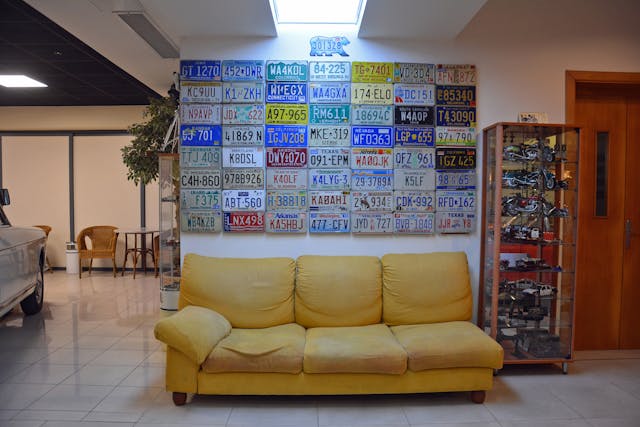
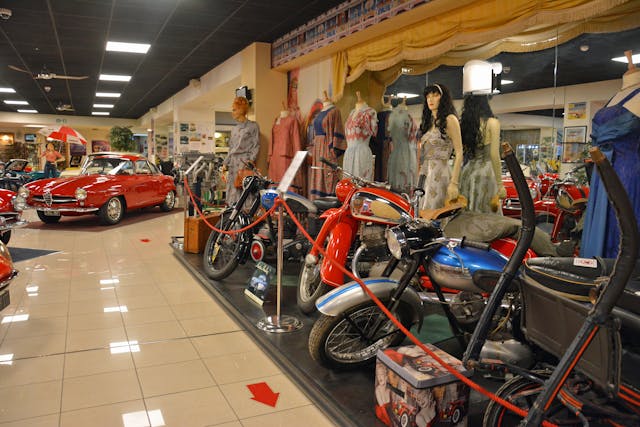
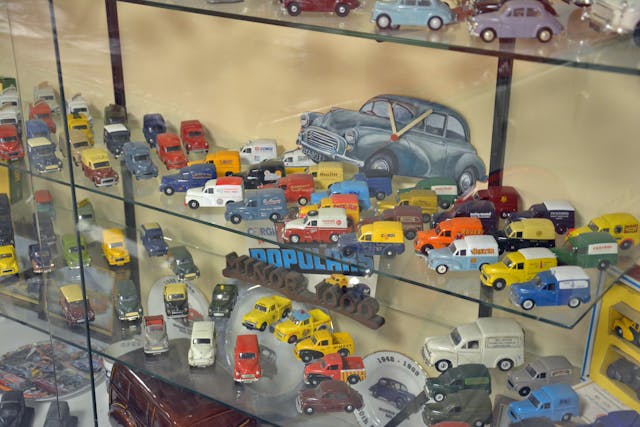
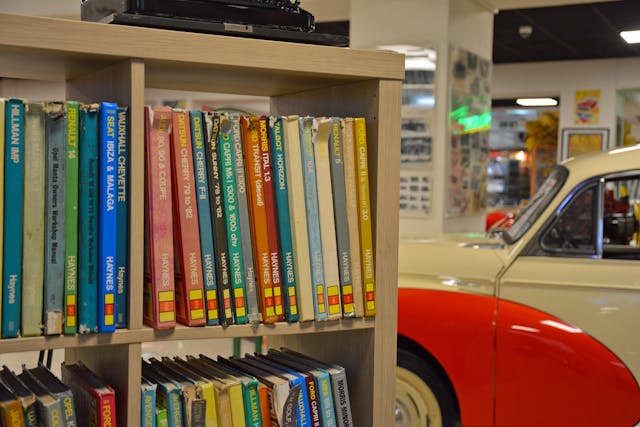

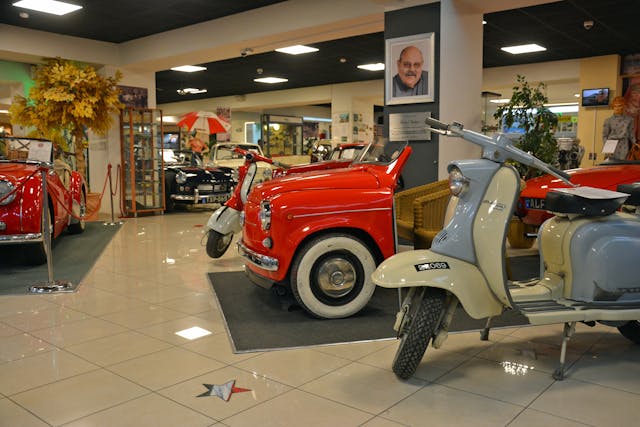
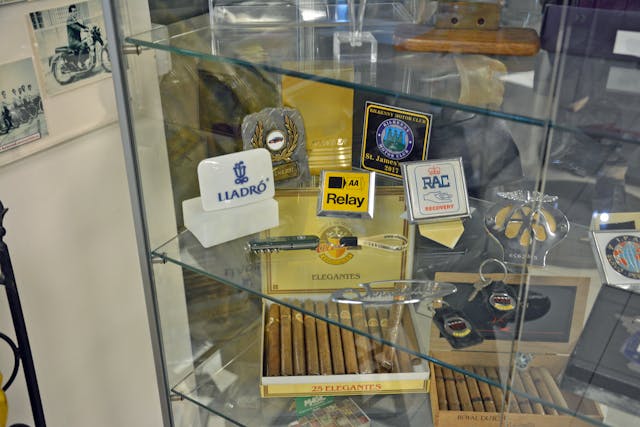

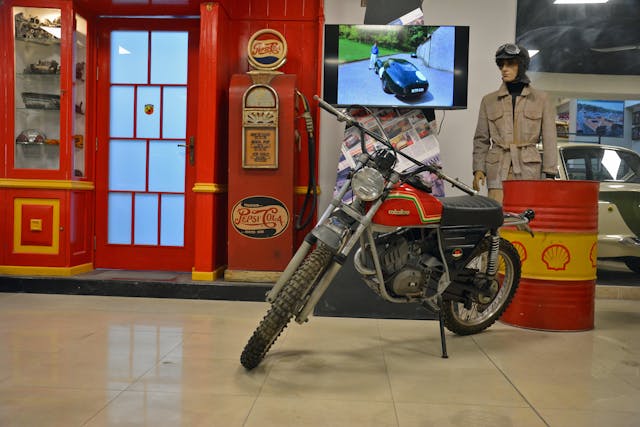
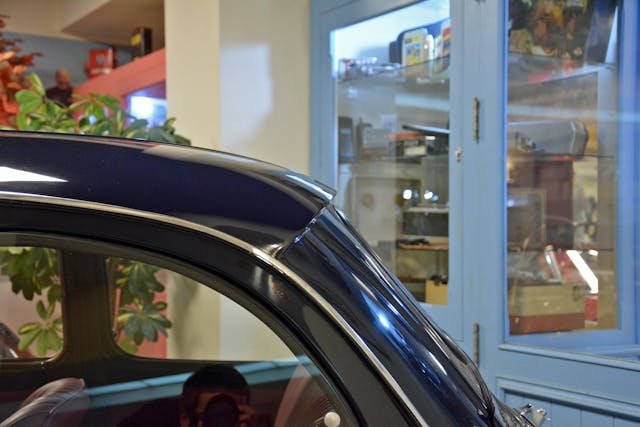


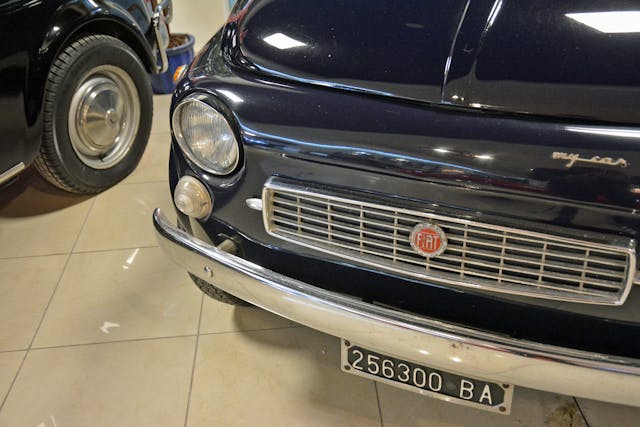
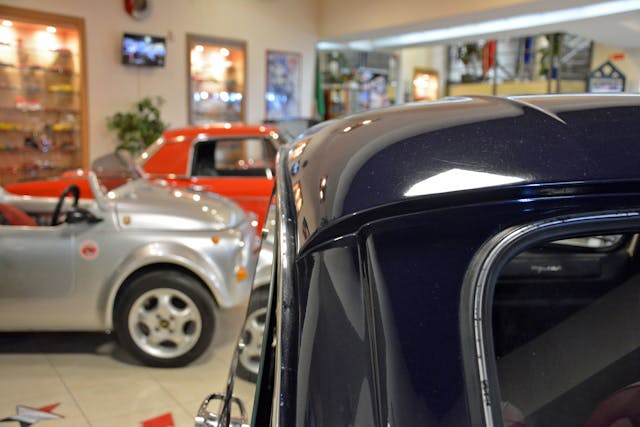
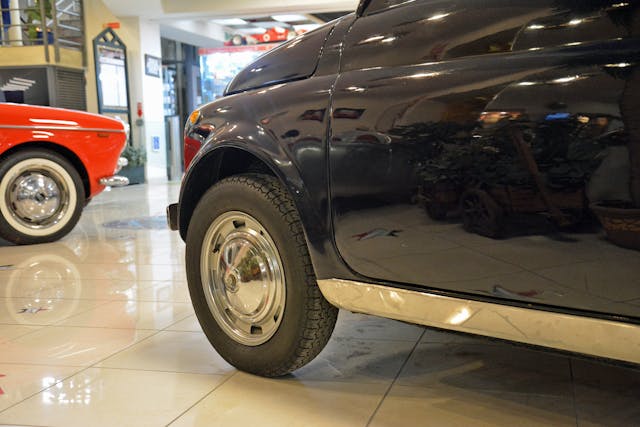
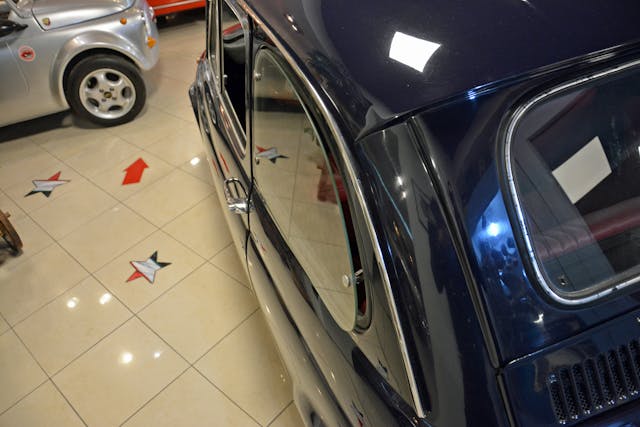
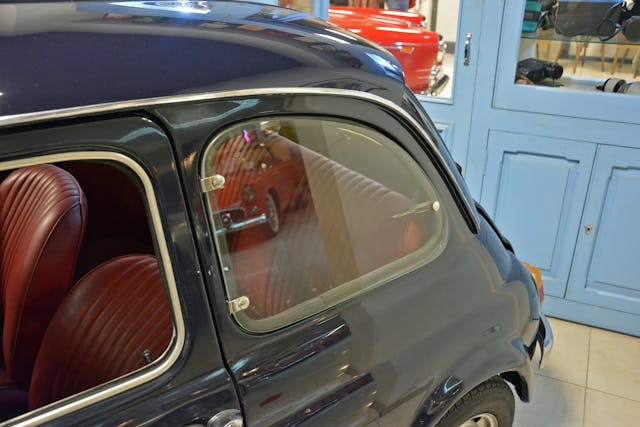

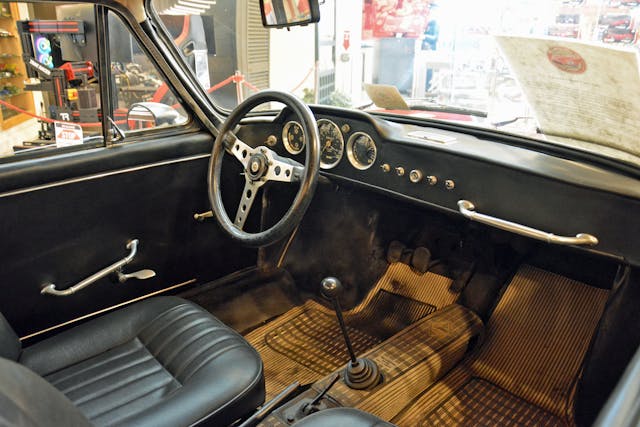
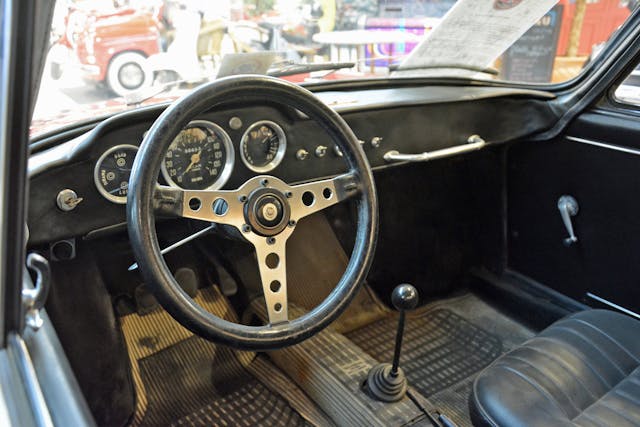
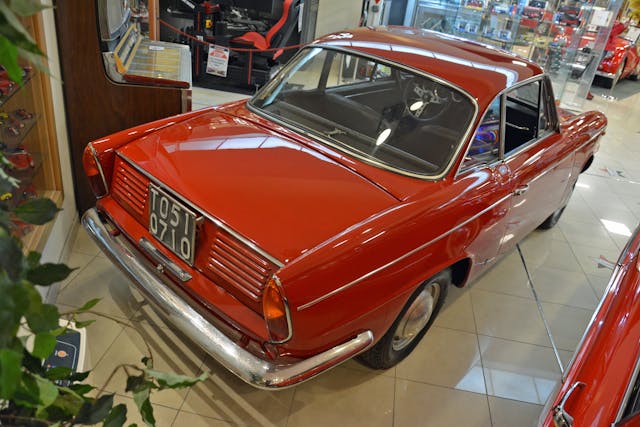

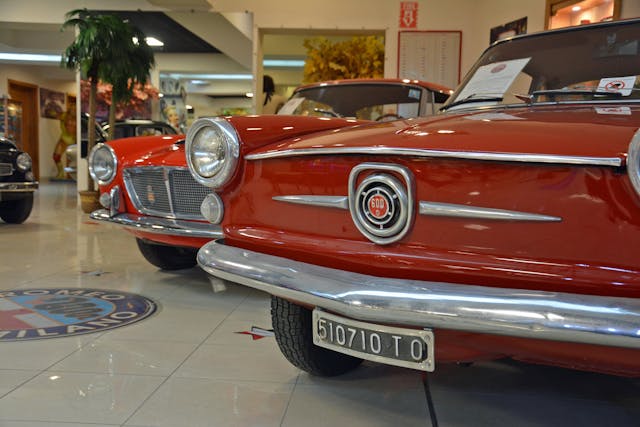
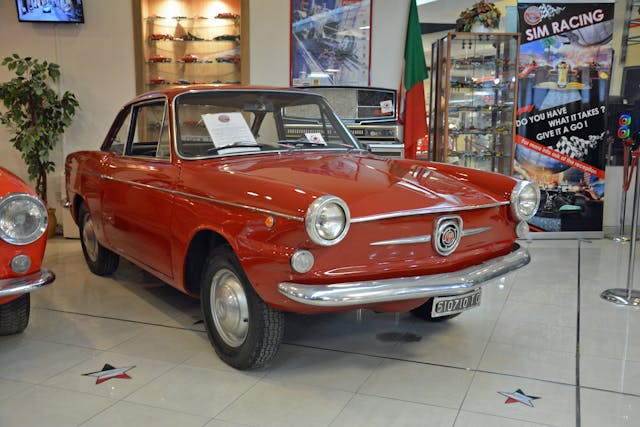

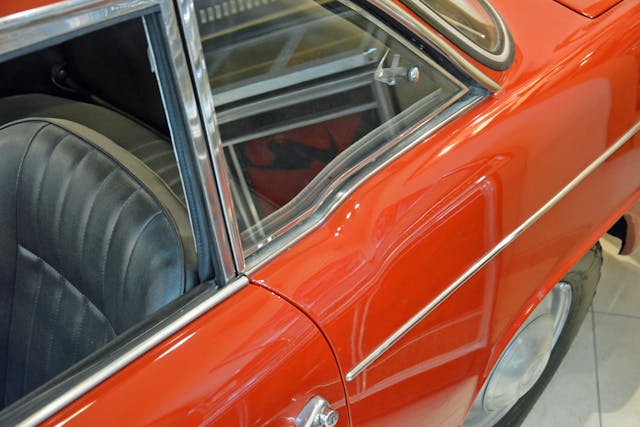
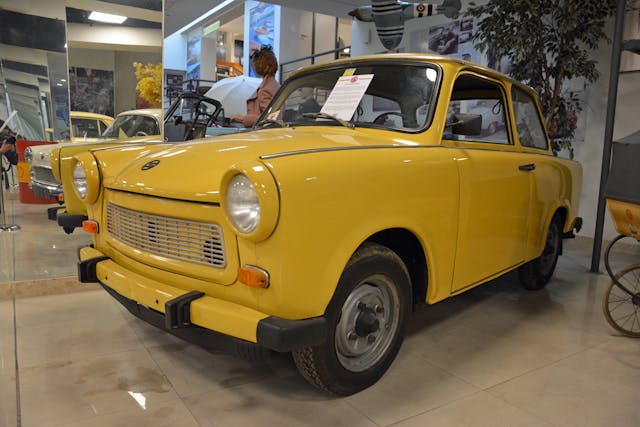


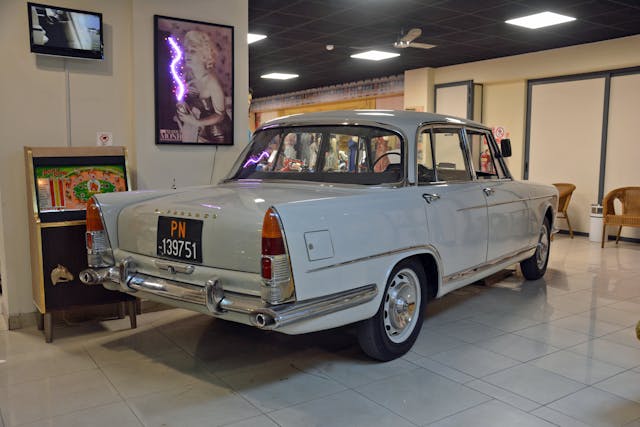
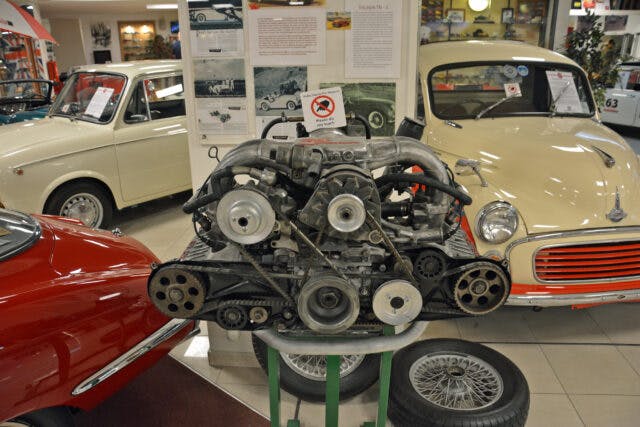
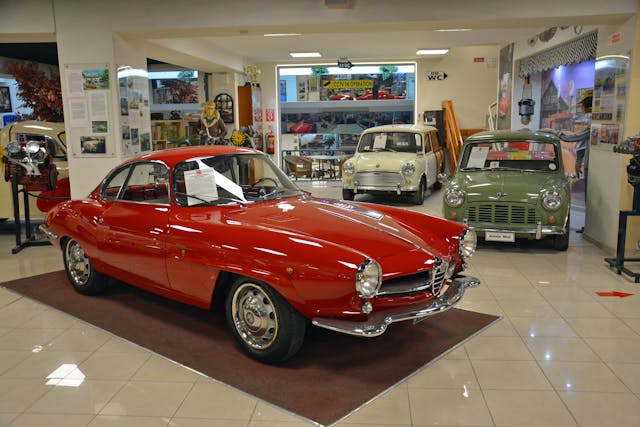
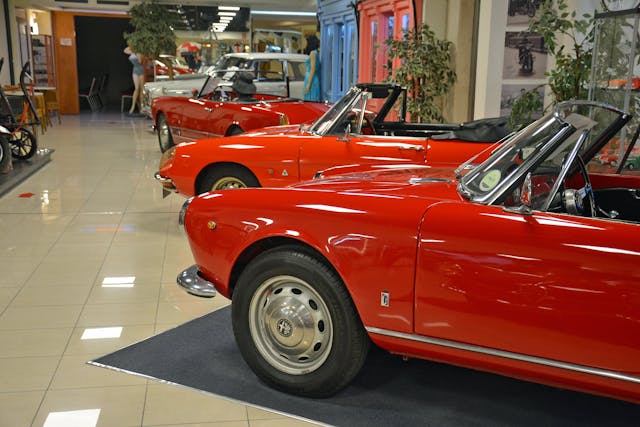
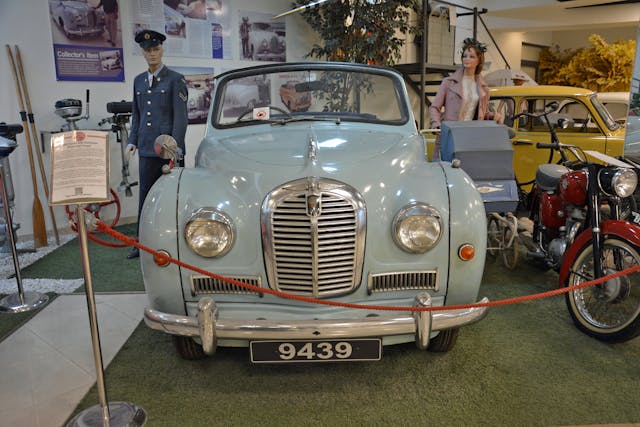

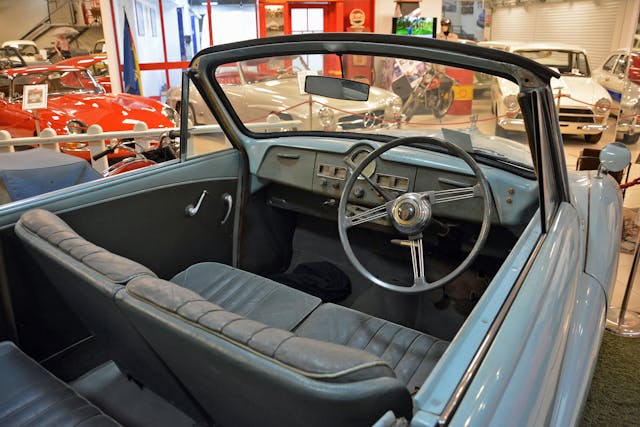
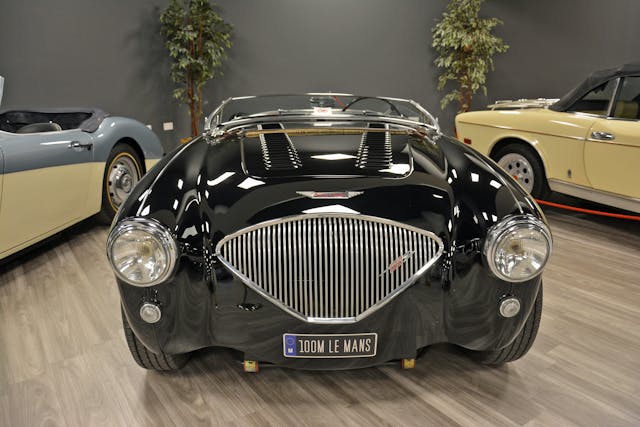
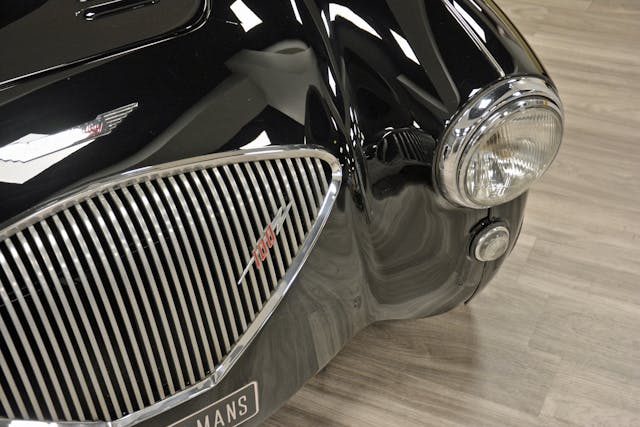
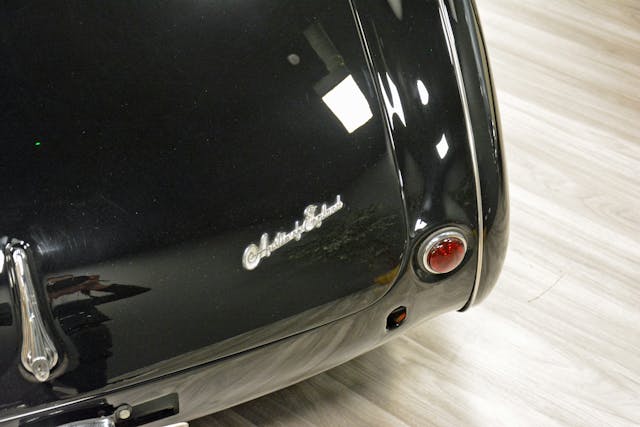
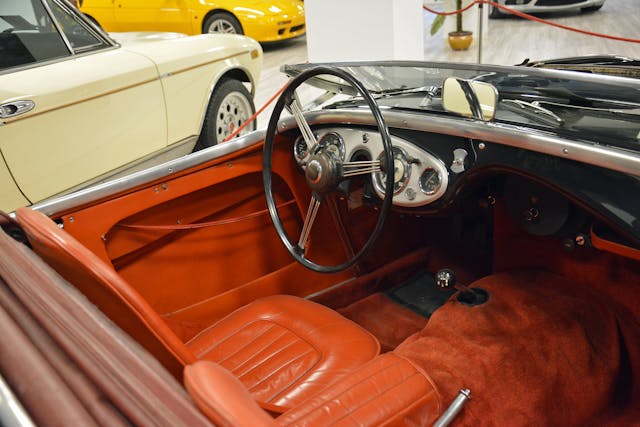
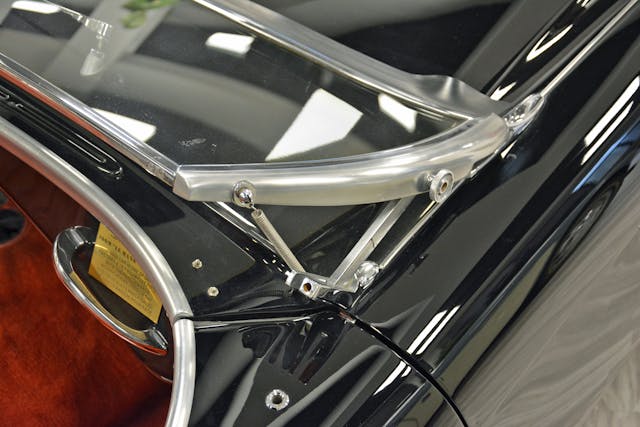



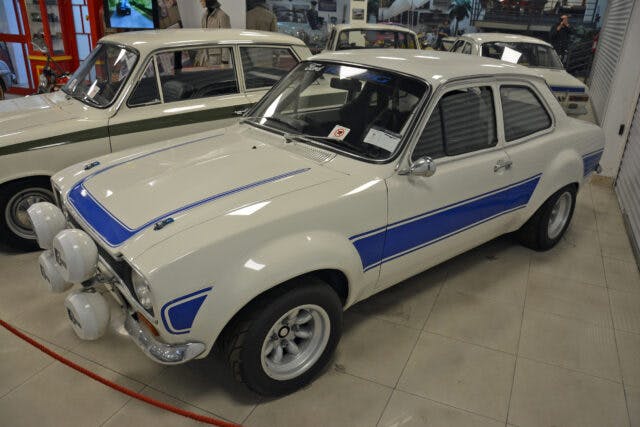
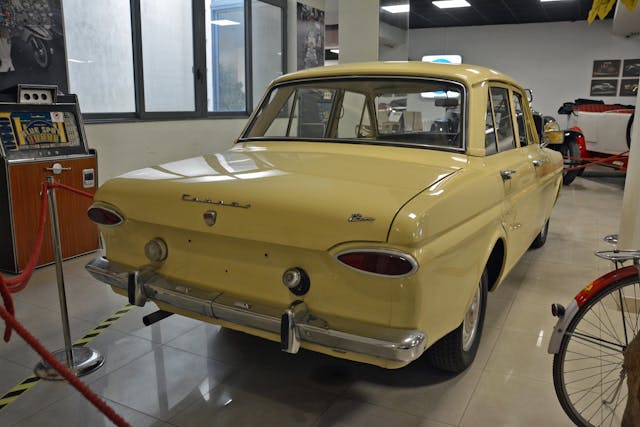
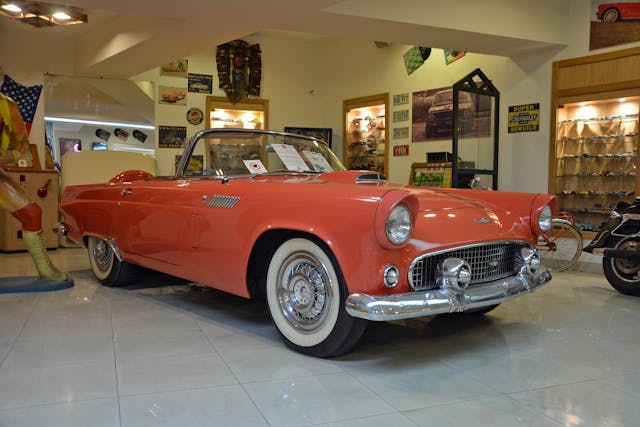
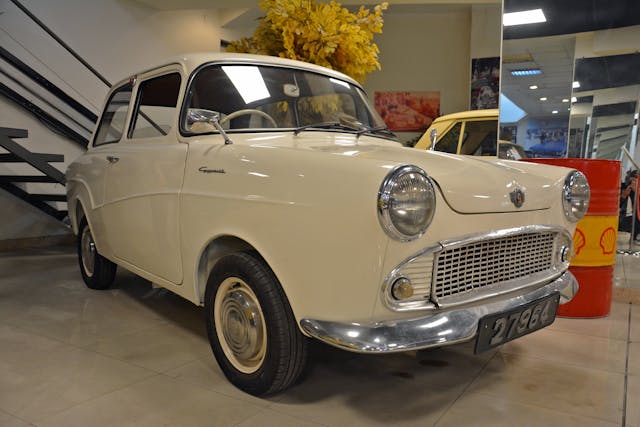
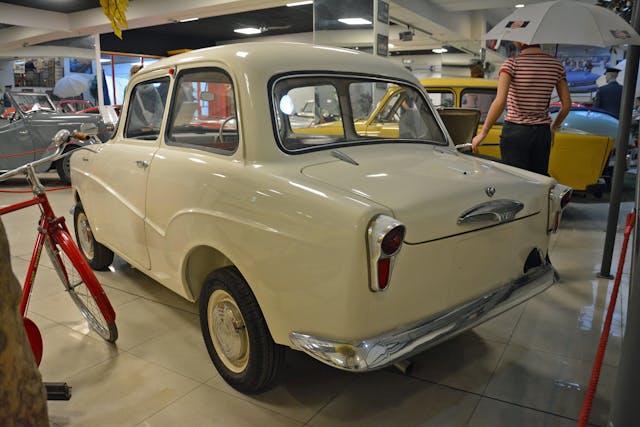
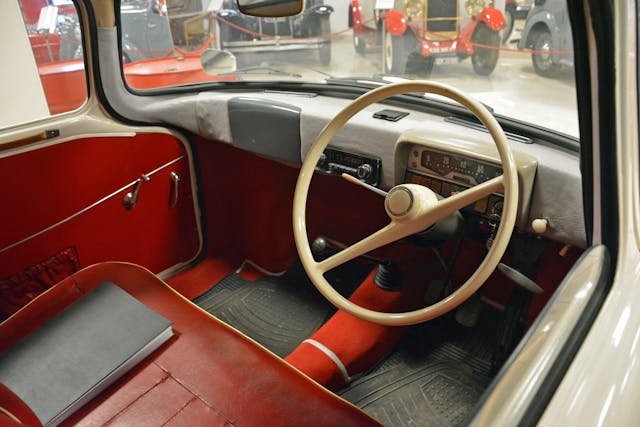
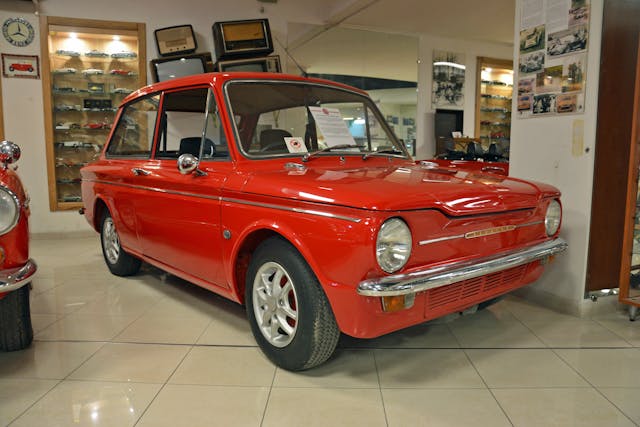
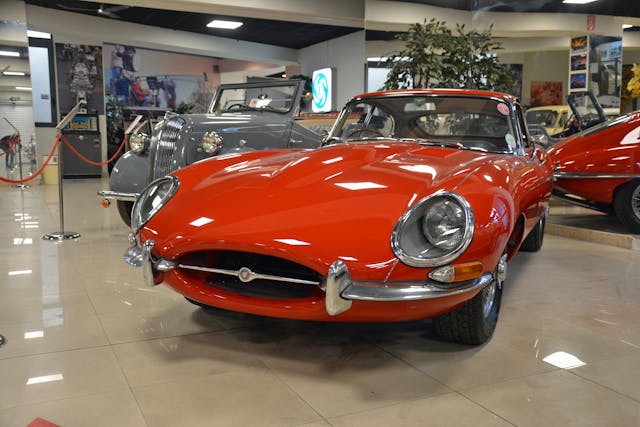
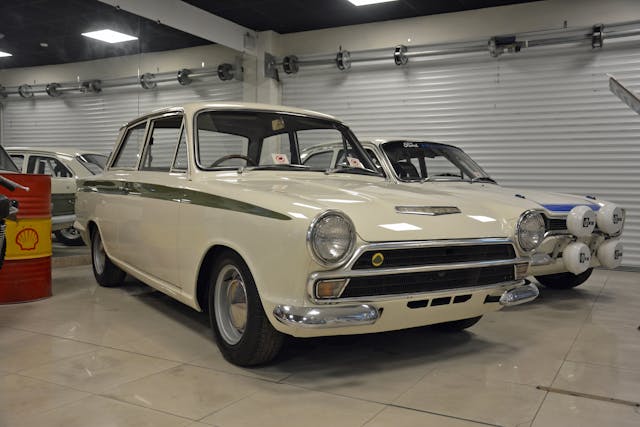

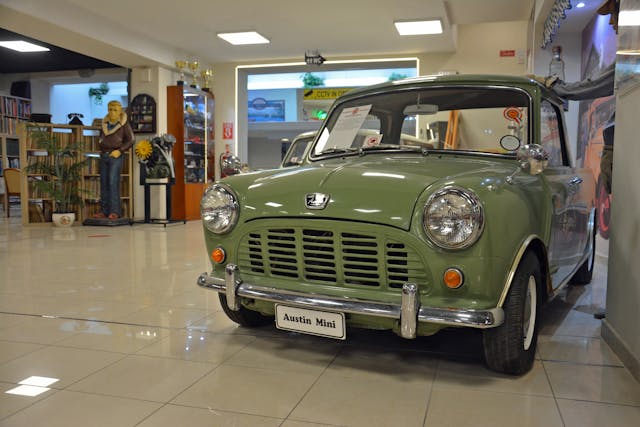
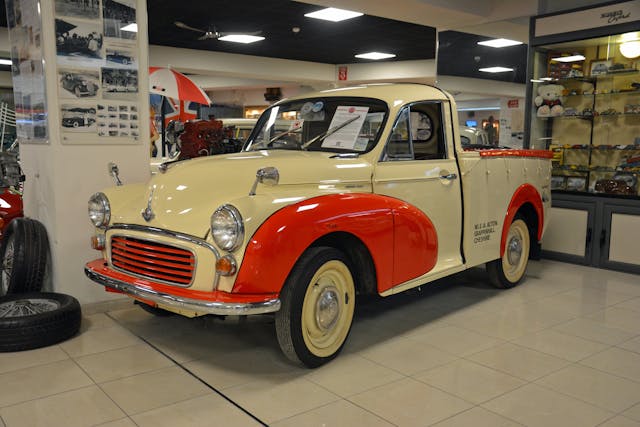

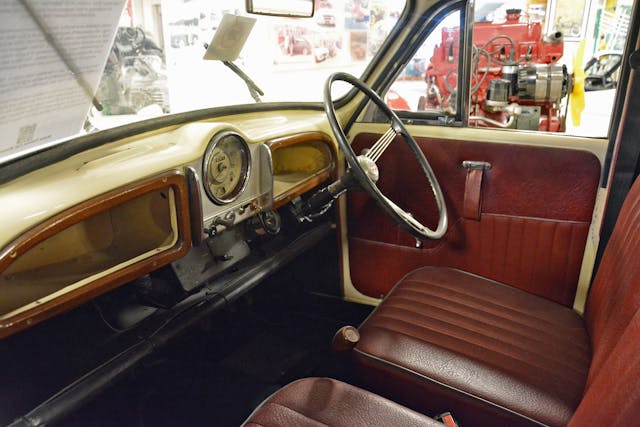
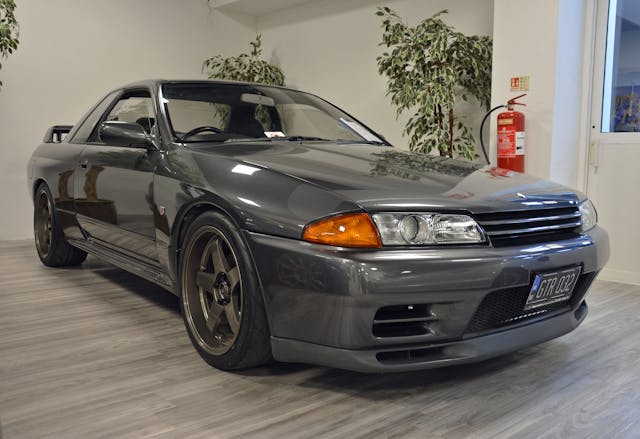

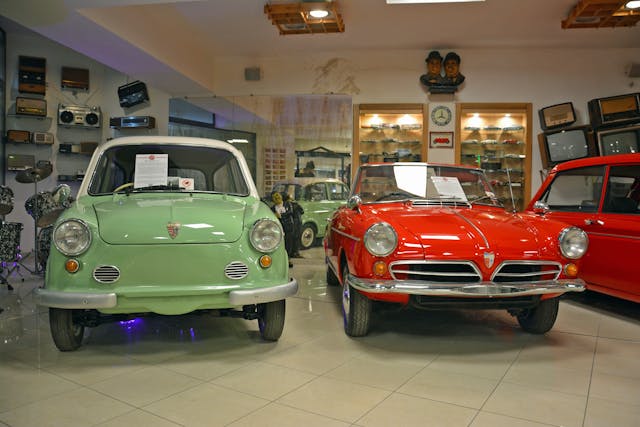
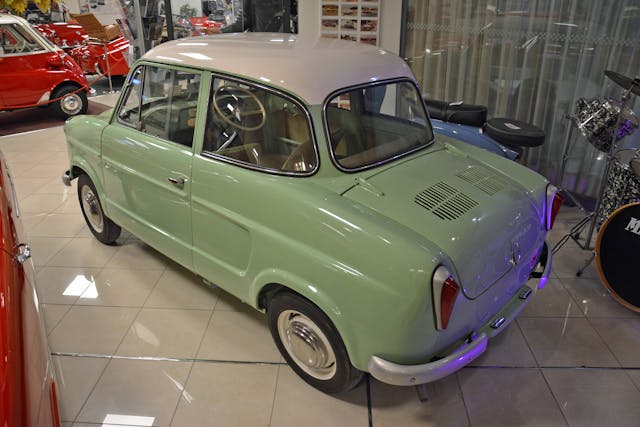
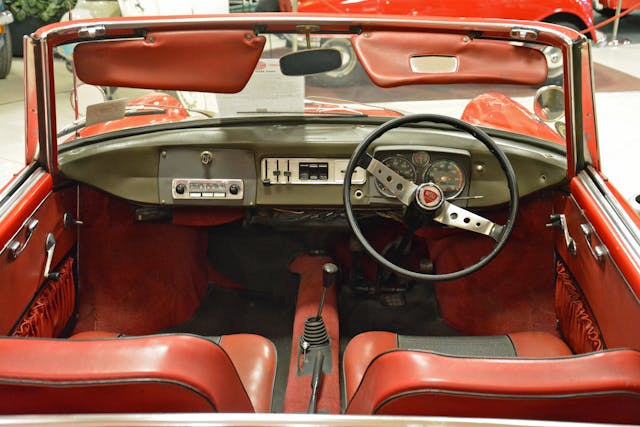

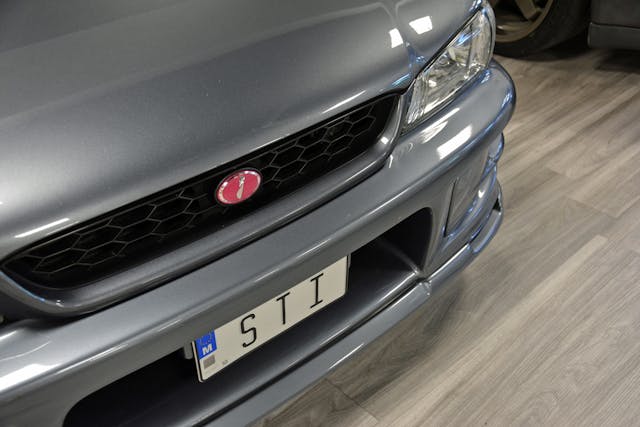




















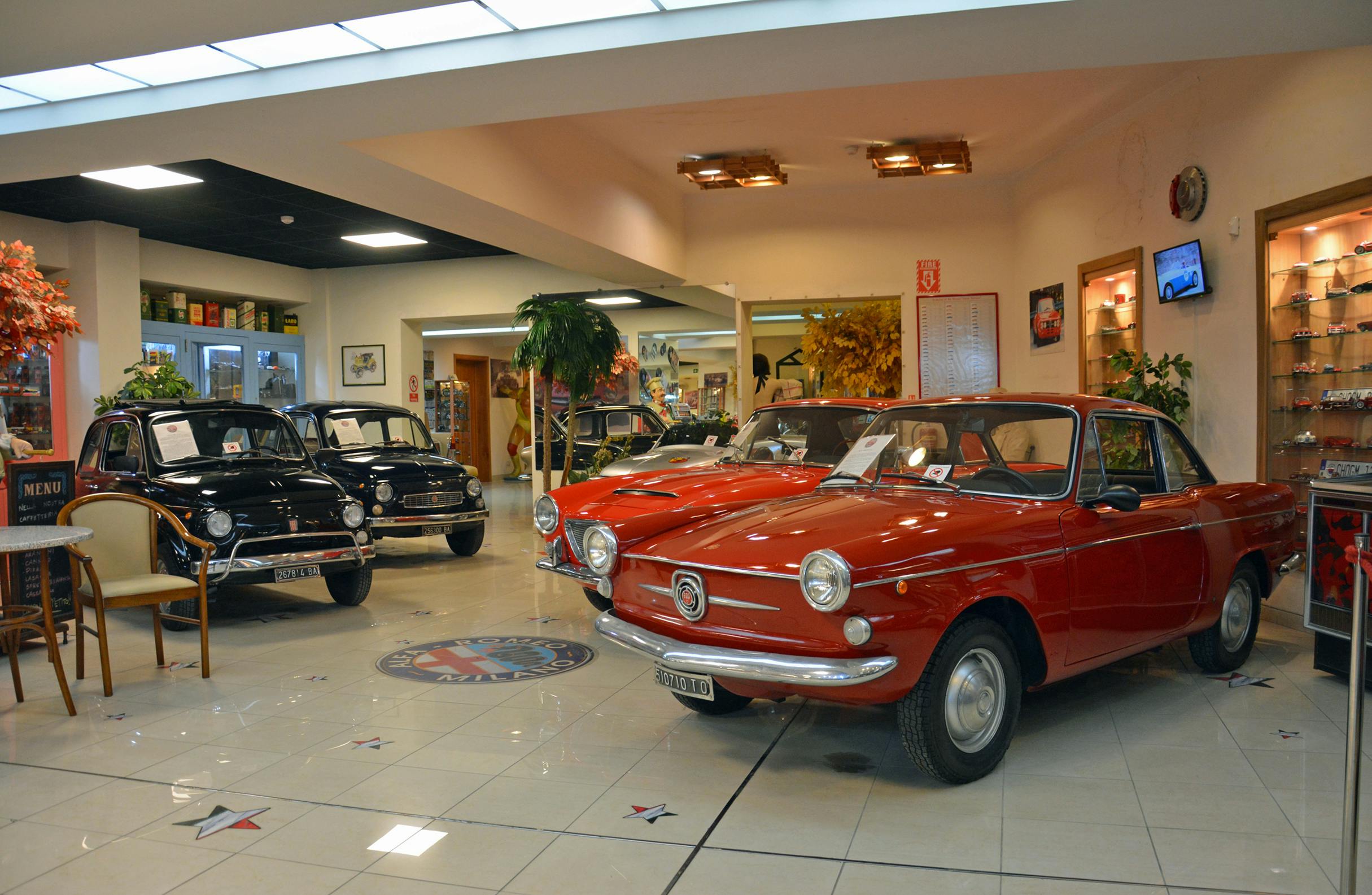
Interesting article, but I feel compelled to point out a factual error concerning the two Big Healeys pictured side-by-side in the museum: the RHD Big Healey, pictured to the right of the A-H 100 Le Mans, in duo tone colours “Healey Blue over OEW”, is definitively NOT a standard A-H 100 model. It is most probably a later-model A-H 3000 BT7 four-seater judging by details from the pic (eg: fixed windshield). Best regards, Robert
If you’re in that part of the world, the prince of Monaco has an excellent auto museum; mostly it contains vehicles that his father and grandfather owned, but there are oddballs like a Citroen Arctic exploration half-track and an outboard racing boat.
Thanks, Ronan. Now I have to go to Malta!
I am surprised that I didn’t see one of the Hillman Hunters assembled by Mizzi Car Assembly Ltd. Here is a home-grown (or at least home-assembled) vehicle by way of Rootes/Chrysler UK that had some impact on the small island nation. (I haveI am surprised that I didn’t see one of the Hillman Hunters assembled by Mizzi Car Assembly Ltd. Here is a home-grown (or at least home-assembled) vehicle by way of Rootes/Chrysler UK that had some impact on the small island nation. (I have photos but I don’t think they will attach….)
Great collection of small cars and then there are the oddball WRX STI and GT-R. Very cool.
We missed out on a cruise that stopped in Malta last year (illness), so reading about this museum has me pumped for our next attempt.
But it is a pity that the cars in the photos are not identified. I can figure out some of them but others I may have to take to Google reverse image search.